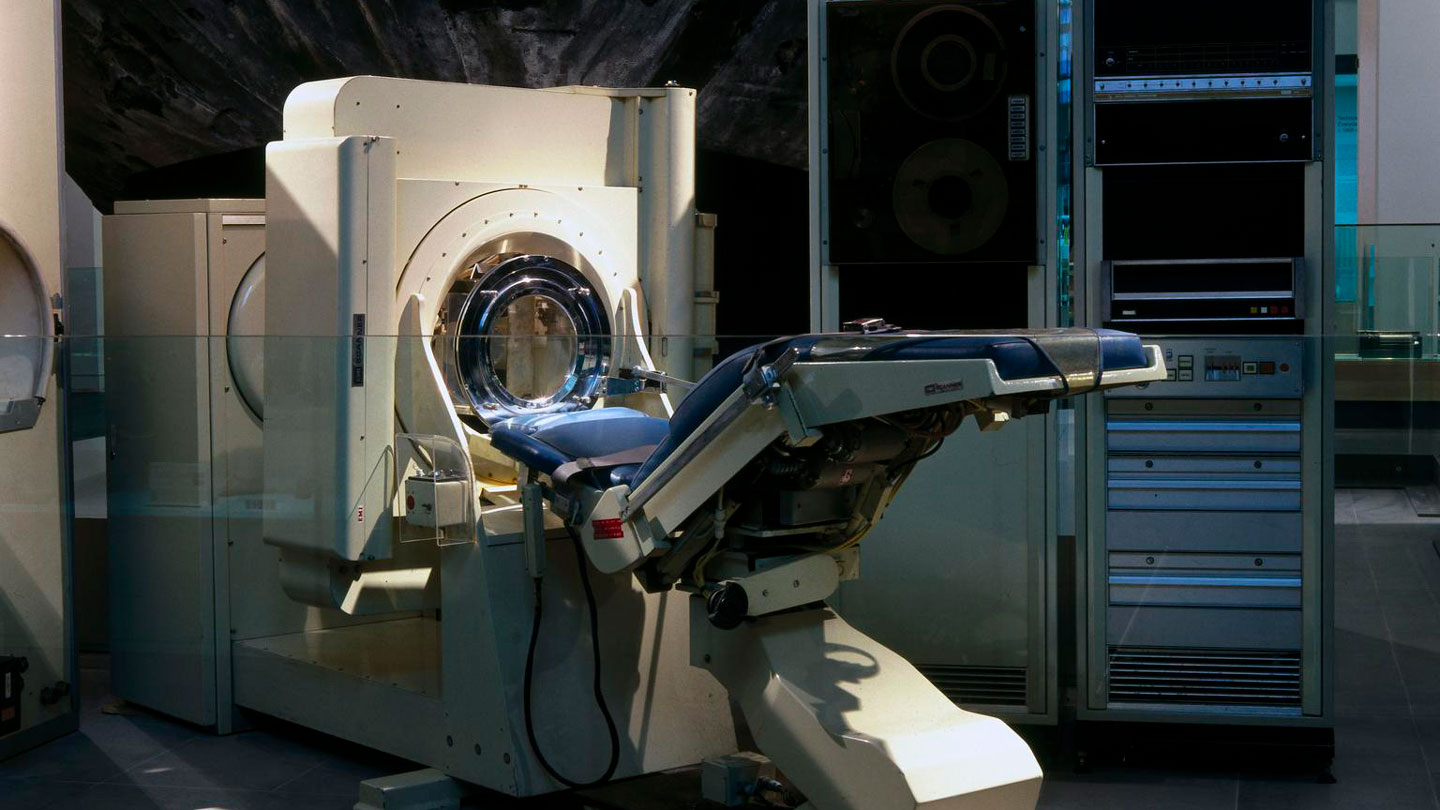The human gut is a bustling highway for a highly diverse microbial community, including an abundance of bacteriophages that modulate the gut microbiome.1 It’s a phage-infect-bacteria world, and while bacteriophages cannot infect mammalian cells, their paths still intersect. Mammalian cells can engulf phages within the gut. Researchers have observed that different bacteriophages induce opposing reactions such as anti- or proinflammatory responses in mammalian cells.2,3 However, it is unclear how bacteriophages interact with cells and modulate these cellular and immune responses.
Jeremy Barr, a bacteriophage biologist at Monash University, studies the unexplored interactions between mammalian cells and phages.
Monash University
Jeremy Barr, a bacteriophage biologist at Monash University, and his team set out to clarify whether or not phages activate inflammatory pathways. Their findings, published in PLOS Biology, demonstrated that mammalian cells engulfed bacteriophages to fuel cellular growth without inducing inflammation.4
“Mammalian cells actively engulf and traffic phages, so it’s important to understand the potential responses and impacts even if they are moderate to mild,” said Barr.
To investigate the downstream effects of phage consumption by mammalian cells, Barr and his team applied highly purified T4 phage, a well studied bacteriophage that infects Escherichia coli, across three mammalian cell lines. The cells readily gobbled up and internalized the phages by taking large gulps of fluid through macropinocytosis, encapsulating the meal inside a small vesicle. The response—or lack thereof—surprised him.
The bacteriophage meal did not activate the intracellular nucleic acid receptors toll-like receptor 9 or cyclic GMP-AMP synthase, which stimulate the interferon pathway and lead to inflammation. This finding suggests that the phage capsid remained intact and did not release phage DNA within the vesicle, preventing the engulfed phages from triggering the immune system.
While the study leaves more questions than answers, it is an important contribution to the field in our understanding of phages.
–Andrzej Górski, Ludwik Hirszfeld Institute of Immunology and Experimental Therapy
Intrigued by the cells’ careful intake of phages, Barr and his team assessed other phage-mediated responses. The researchers used microarrays that included two thousand antibodies targeting proteins across major cellular signaling pathways to assess broader cellular pathway effects. They mapped the statistical fold changes in the expression and phosphorylation of key signaling proteins onto cellular pathways using a network approach. This enabled the researchers to identify the most relevant pathways influenced by exposure to phages; two pathways caught their attention.
Phages upregulated and activated the protein kinase B-dependent pathway that promoted cellular growth, proliferation, metabolism, macropinocytosis, and survival. Barr believes that macropinocytosis induces a positive feedback loop, prompting the cell to engulf more phages.

Bacteriophages are packed with nutritional nucleotides, a resource that mammalian cells can exploit.
T2Q
Additionally, the phages also downregulated the cyclin-dependent kinase-1 pathway, which is involved in cell division. Sated by the phage feast, the cells seemed to remain in a prolonged growth phase. The researchers used a cell proliferation assay to confirm that the inhibition of this pathway delayed the cell cycle.
“While the study leaves more questions than answers, it is an important contribution to the field in our understanding of phages,” said Andrzej Górski, a physician and scientist at the Ludwik Hirszfeld Institute of Immunology and Experimental Therapy who was not involved in the study. Górski believes that continuing this work will help elucidate the influence of phage penetration on cell metabolism.
Mammalian cells appear well equipped to carefully ferry phages from the environment into the cell. “From the cell perspective, the compressed nucleotides are a high value nutrient that isn’t typically available extracellularly,” added Barr.
Open questions remain for the researchers, but these findings offer a perspective into phage-mammalian cell interactions. Next, Barr and his team plan to further understand the mammalian cells’ apparent appetite for phages and how they maximize these phage snacks.
References
- Barr JJ. A bacteriophages journey through the human body. Immunol Rev. 2017;279(1):106-122.
- Górski A, et al. New insights into the possible role of bacteriophages in host defense and disease. Med Immunol. 2003;2(1):2.
- Sweere JM, et al. Bacteriophage trigger antiviral immunity and prevent clearance of bacterial infection. Science. 2019;363(6434):eaat9691.
- Bichet MC, et al. Mammalian cells internalize bacteriophages and use them as a resource to enhance cellular growth and survival. PLoS Biol. 2023;21(10):e3002341.














